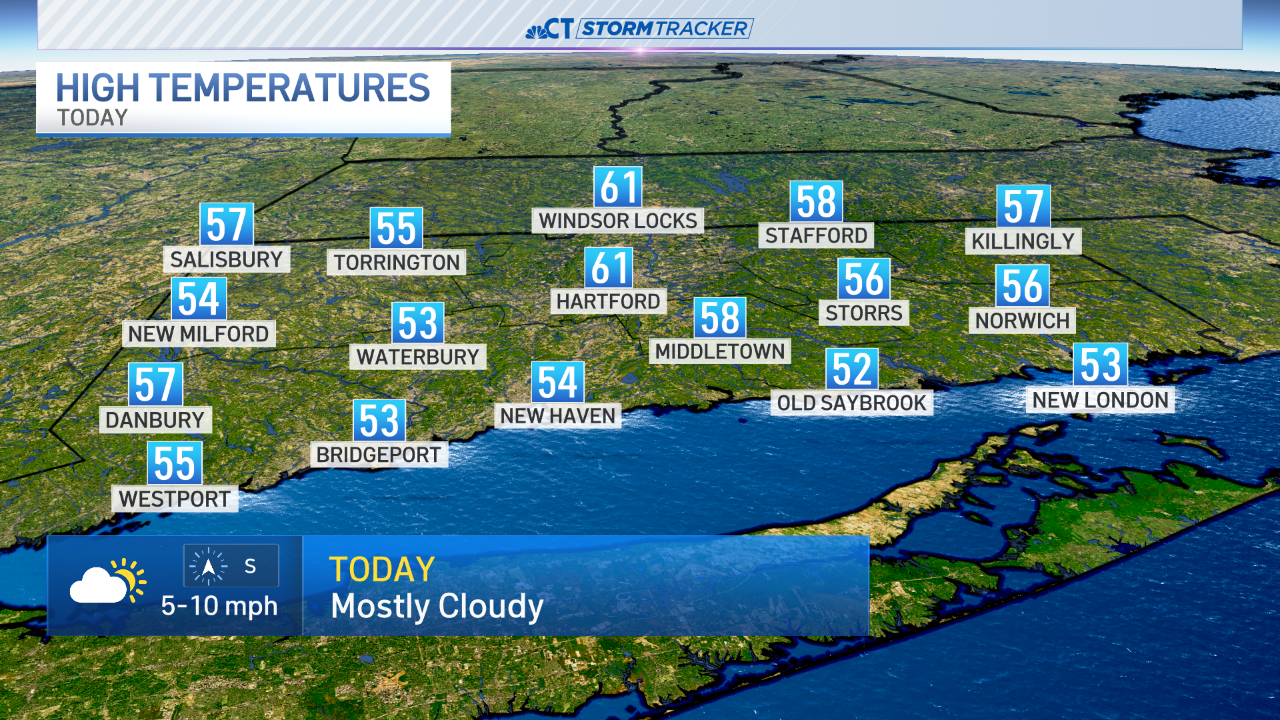A settlement given preliminary approval Thursday by a Connecticut judge in a long-running desegregation case would increase school choice options for students in Hartford, and end more than three decades of litigation over inequities in the region’s school systems, attorneys for both sides said.
The Sheff v. O’Neill school desegregation case began in 1989 with a lawsuit that named then-Gov. William O’Neill in challenging the racial and economic segregation and inequalities between Hartford schools and those in its mostly white, more affluent suburbs.
It resulted in the state Supreme Court ruling in 1996 that Hartford’s schools were racially, ethnically and economically isolated in violation of the state constitution. In response, the state legislature created a network of magnet schools and school choice options to attract a mix of city and suburban children.
A lottery system implemented because of strong demand for the new options resulted in what critics say is a two-tiered system: one tier for traditional public school kids and another for those at well-resourced magnet or suburban schools.
Get Connecticut local news, weather forecasts and entertainment stories to your inbox. Sign up for NBC Connecticut newsletters.
The settlement presented in Superior Court Thursday by the plaintiffs and Attorney General William Tong is intended to resolve that problem by providing more options for Hartford students. It expands a 2020 agreement by making more magnet school seats available to Hartford students and commits the state to increasing its investment in magnet schools.
Martha Stone, an attorney for the Hartford students, said this stipulation is different than the 2020 agreement and five other stipulations over the years designed to desegregate the schools, because it includes a detailed plan and funding for that plan.
Local
“During these three decades thousands of children have benefited from the opportunity to attend quality integrated schools, but unfortunately thousands have been put on wait lists or have been denied that opportunity in other ways,” she told Judge Marshall Berger.
The settlement, which will also require legislative and then another court approval, calls for building new schools while adding and revamping programs in existing ones.
More than half of Hartford students and over 20,000 Hartford and suburban students are now enrolled in a Sheff School Choice program in the Greater Hartford Region, according to the state.
Tong said the settlement agreement is designed to meet demand for all Hartford students who want magnet school choice seats by the 2028-29 school year. The state also will provide financial incentives for suburban Open Choice schools to accept additional Hartford students up to a goal of 450 new seats, he said.
The state will continue to make adjustments as demand changes over the years, Tong said.
The agreement commits $1.24 million in additional magnet school funding for the 2022 fiscal year, with commitments increasing to $32 million annually by the 2032 fiscal year. Capital costs associated with renovation of the new magnet schools are estimated at $48.7 million, Tong said.
It calls for, among other things, a new magnet technical high school, an expansion of pre-kindergarten programs in existing magnet schools, a new dual language magnet program in Hartford, an early literacy preschool choice program, and an expansion of two magnet schools to focus on computer programs.
“This settlement gives us a road map and a commitment to which the state is fully committed going forward to make even more historic investments in the future of the children of Hartford and the surrounding region,” Tong told the judge.
Because some magnet schools are not presently meeting diversity and reduced racial isolation goals, the agreement also provides for $12.6 million, to operators over three years for things like new athletic facilities and extracurricular activities to make them more attractive to appeal to a more diverse student body.
Under the agreement, the state will be subject to an injunction for 10 years requiring its continued compliance, but there will no ongoing court involvement unless there is a claim that the state is not holding up its end of the settlement.
Elizabeth Horton Sheff, who helped bring the 1989 lawsuit on behalf of her son Milo and other Hartford students, told the judge she felt like a mother bringing her child to school on his first day and turning him over to teachers to nurture.
“Sheff is my child and today I turn Sheff over to the school of the state of Connecticut and trusting that what we have come to develop as a really good working relationship will extend throughout the 10 years and beyond,” she said.
About the Sheff V. O’Neill Settlement
The governor's office said highlights of the settlement include:
- To the extent necessary to meet demand for Choice seats by Hartford students, the State will increase available Choice seats over the number of available seats in 2020-21 by up to 783 seats by 23-24, up to 1,863 seats by 25-26, and up to 2,737 seats by 28-29.
- By 2025-26, the state expects to meet entry grade demand for Hartford students for Choice schools operated by Hartford and others.
- By 2028-29, the state expects to meet demand for Hartford students for all grades in Choice schools.
- The state will continue to make ongoing adjustments to continue to meet demand as it changes over the years, with continuing measurable assessments of demand in 2031-32 and every three years thereafter.
- Ongoing court jurisdiction will end with the approval of this agreement. The state will be subject to an injunction for 10 years requiring its continued compliance with the material terms of the agreement, but there will no ongoing court involvement unless there is a claim of material noncompliance.
- State funding will include the costs of all additional seats identified above, to the extent needed to meet demand. In addition to added seats at existing Choice magnet schools, the State will provide financial incentives for suburban Open Choice schools to accept additional Hartford students up to a goal of 450 new seats over existing Open Choice seats. Open Choice is a voluntary program that enables Hartford students to attend suburban schools, and for suburban students to attend Hartford schools.
- In addition, new or expanded programs include the following:
- a dual language magnet at Dwight-Bellizzi School in Hartford, beginning with PK4 and phasing-in through 8th-grade year-by-year.
- a new Goodwin University early literacy preschool Choice program in a renovated building in Rocky Hill.
- a new Goodwin University technical high school magnet, focused on advanced manufacturing, in a renovated building on the Goodwin property for 9th-12th grade students.
- addition of early college programming at Connecticut IB (International Baccalaureate) Academy in East Hartford with expansion to capacity.
- retheming and expansion of Two Rivers and Civic Leadership magnet schools to focus on computer programming and coding with partnerships with Amazon and Microsoft.
- implementation of a half day program at Goodwin University for Hartford and suburban students for Early College Advanced Manufacturing Pathway™ (ECAMP™) model to expand opportunities for dual-credit programming.
- expansion of pre-k programs in existing magnet schools.
The governor's office said that because certain current Choice schools are not presently meeting diversity and reduced racial isolation goals, the agreement also provides for $12.6 million to operators over three years, beginning in FY23, to reformulate those schools to make them sufficiently attractive to appeal to a more diverse student body.
Among other things, those efforts will include:
- $6.8 million to provide or increase athletics at magnets.
- $7.8 million for enhanced extracurricular offerings at magnets.
- Continuing audits and enhancements for schools that are not yet meeting diversity goals.
- Additional financial and other supports to help all Open Choice and magnet schools become more welcoming and inclusive to all students.
In total, the agreement commits $1.24 million in additional magnet school funding for fiscal year 2022, with commitments increasing to $32 million annually by fiscal year 2032, the governor's office said, and capital costs associated with renovation of the new magnet schools are estimated at $48.7 million.
The hearing was held at 2 p.m. and a news conference is scheduled for 4 p.m.
Tong, Gov. Ned Lamont, State Education Commissioner Charlene Russell-Tucker, plaintiffs' attorney Martha Stone of the Center for Children's Advocacy, and Elizabeth Horton Sheff are scheduled to be at the news conference at the Office of the Attorney General.



